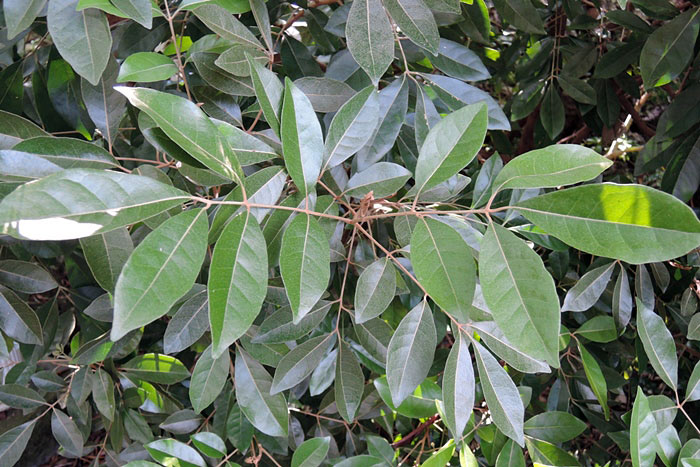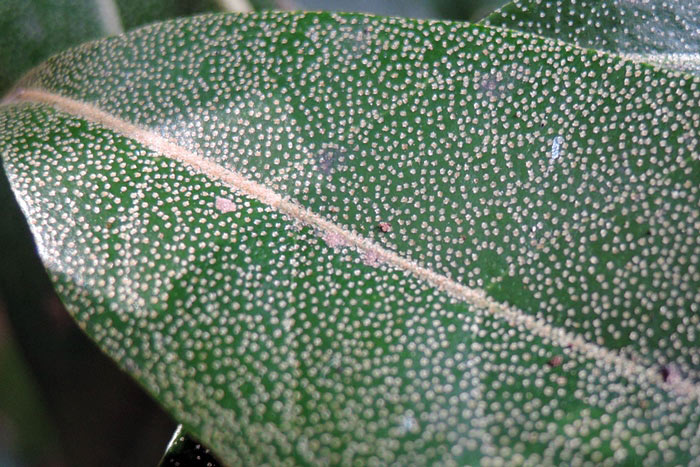Aglaia elaeagnoidea
The Formosan aglaia, a valuable plant native to southern Taiwan and the offshore islands, is primarily found in coastal forests of the Hengchun Peninsula, Orchid Island and Green Island. Its Chinese name comes from the reddish-brown wood, which is both hard and moderately heavy. The Formosan aglaia has played an important role in the traditional lives of Taiwan’s indigenous peoples, often serving as a primary building material for constructing houses, highlighting its practical value in early daily life.
The Formosan aglaia is easily recognizable by its distinct external features: its branches and leaves are covered with silver-white and brown scales. These scales not only give the plant its unique appearance but also contribute to its remarkable ability to adapt to harsh environments. With strong resistance to wind, drought, and salinity, the Formosan aglaia thrives in the challenging coastal conditions of Taiwan. These characteristics make it an important subject for studying plant adaptability and ecosystem.
In addition, the economic value of the Formosan aglaia is gradually being emphasized because of its high quality of wood. However, with the increase of human activities and the influence of deforestation, the quantity of the Formosan aglaia is gradually decreasing, and its ecological status is also threatened. Therefore, how to balance the utilization and conservation of the Formosan aglaia resources has become an important issue nowadays.
In order to safeguard the ecological status and cultural value of the Formosan aglaia, the relevant authorities should actively promote conservation measures, such as the establishment of nature reserves, artificial cultivation and raising public awareness. At the same time, scientific research to better understand the ecological needs and reproductive characteristics of the Formosan aglaia will also help to formulate more effective conservation strategies.

